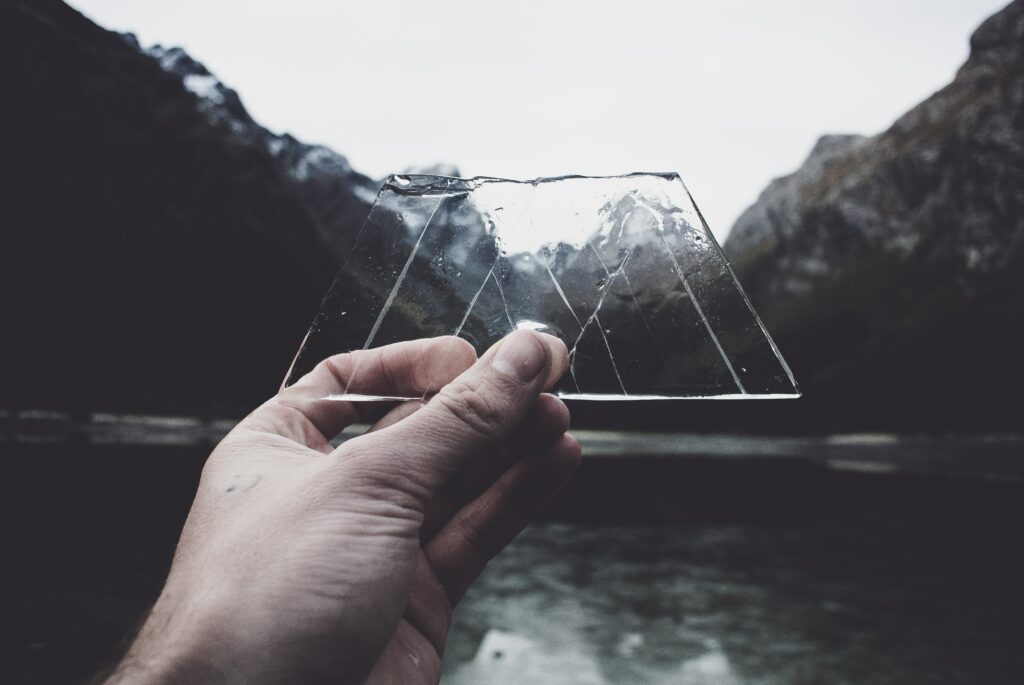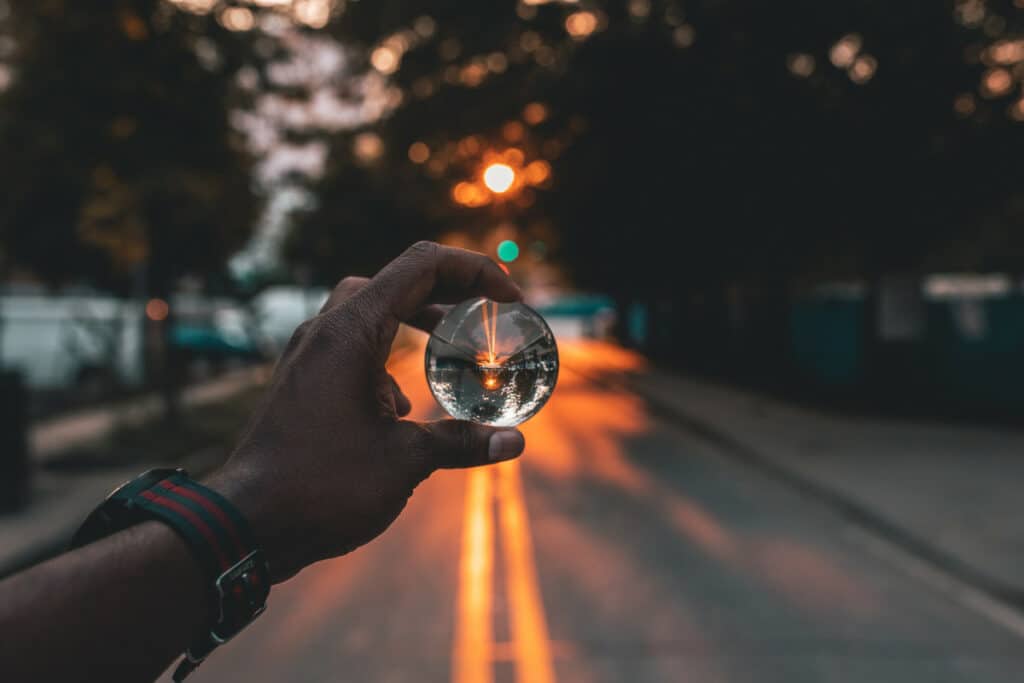
We see colors every day, but do we know what color is?
These colors and shades form a major part of the way that we experience the world. When describing some items in our daily interaction, we often refer to them as clear or transparent.
I know you ended up here because you want to know if clear is a color? The answer to this question may surprise you.
So what is the verdict? Read on to find out!
Is ‘Clear’ Considered A Color?

In the technical sense of the word, clear literally means transparent and so it is not considered a color. It’s a completely distinct visual property. A physical object’s color is determined by the light it reflects, absorbs, or emits, whereas translucent matter allows light to flow through it without reflecting or emitting it.
As a result, anything that is “clear” or “transparent” it is colorless.
Looking on from a spectator’s viewpoint, when observing a clear item, the object takes on the color of whatever is behind it. Glass, air, and water are examples of transparent matter that are clear and thus colorless. Semi-transparent or translucent objects have their own color because a large percentage of the light does not pass through and is reflected instead.
What is Considered a Color?
In Science, a color is defined as visible light having a specified wavelength. Our brains interpret these different wavelengths as different colors. For example, when we see the color red, our brain is processing wavelengths that are approximately 700 nanometers.
Because they lack distinct wavelengths, black and white are not colors.
White light encompasses all visible light wavelengths. The absence of visible light, on the other hand, is black.
According to NASA, light comes to Earth from the sun in waves. Some of the waves are long, while some are shorter with each individual color having a different wavelength. NASA says red has the longest wavelength, while violet has the shortest wavelength.
What Items Are Clear?
Pure water is one commodity that appears clear. Some plastic bottles and glasses are also clear. The lens in human eyes are also examples of clear items.
Here are a couple more:
- Air
- Glass window panes
- Ice
- Glass lightbulb
- Plastic cling wrap
- Diamonds
- Cellophane
- Fish bowl
The Takeaway
There are dozens of colors existing in the world, but clear is not one of them. Clear objects do not have any color. In fact, they have their own unique visual quality. Another word for clear is transparent, and there are lots of transparent objects around us, one of the most common being pure water.